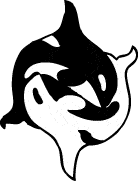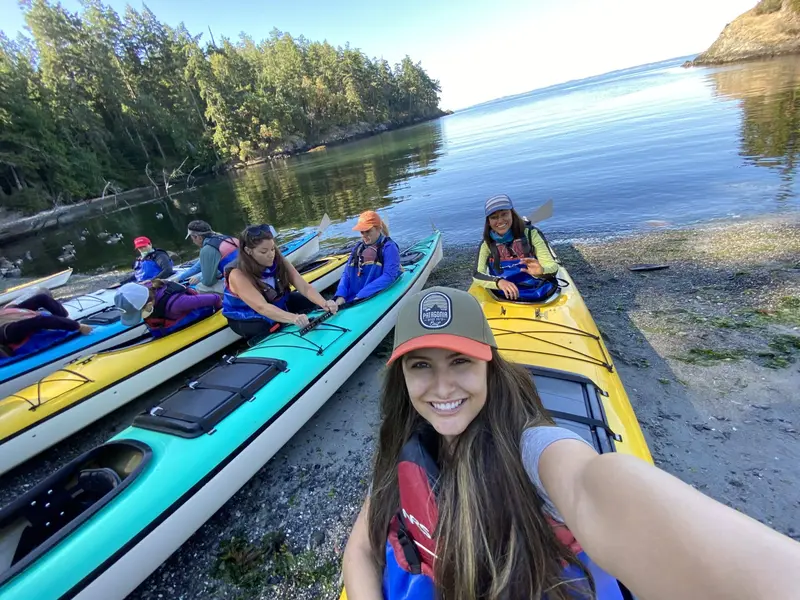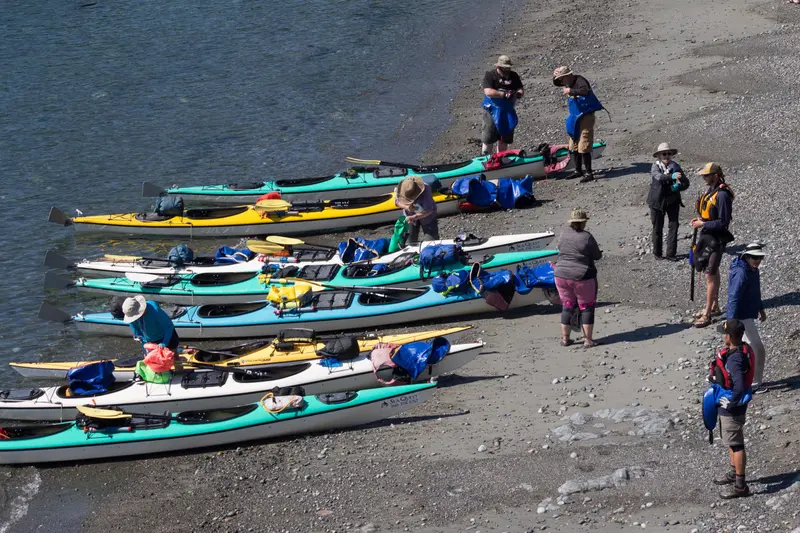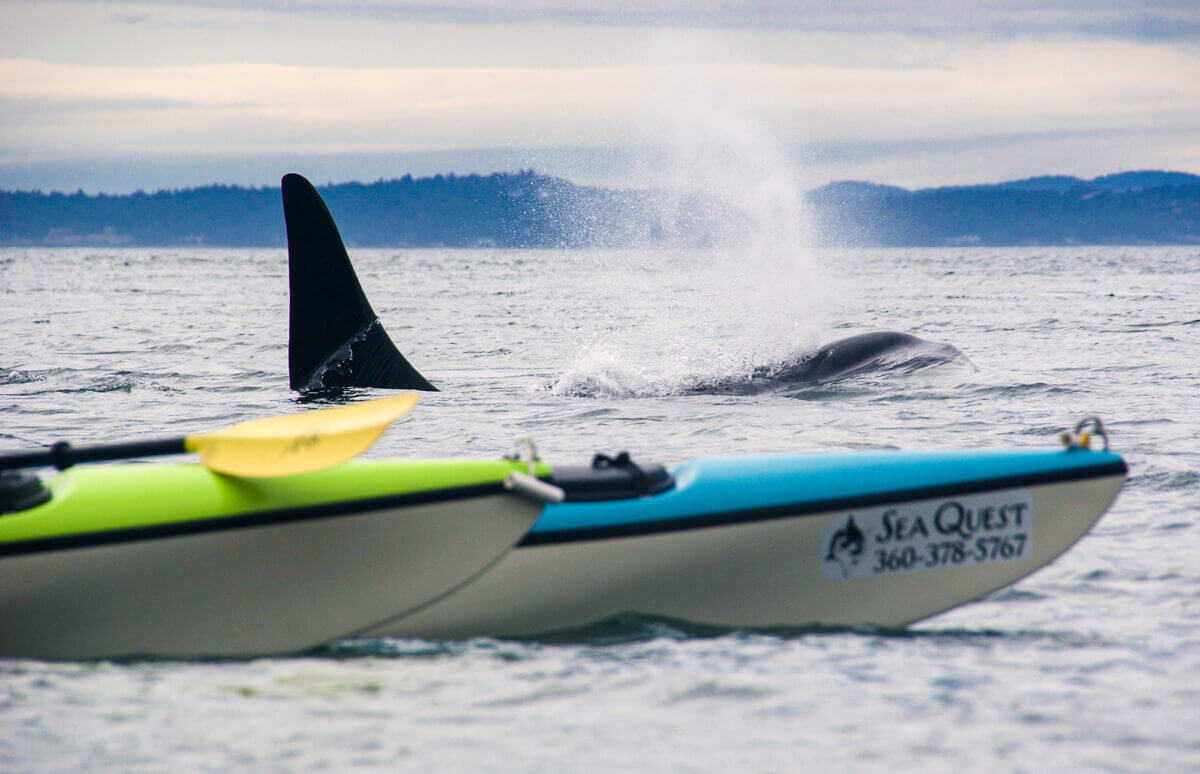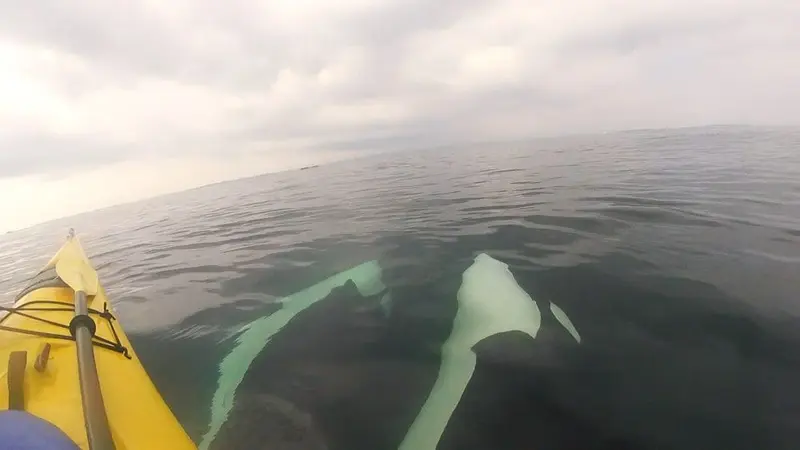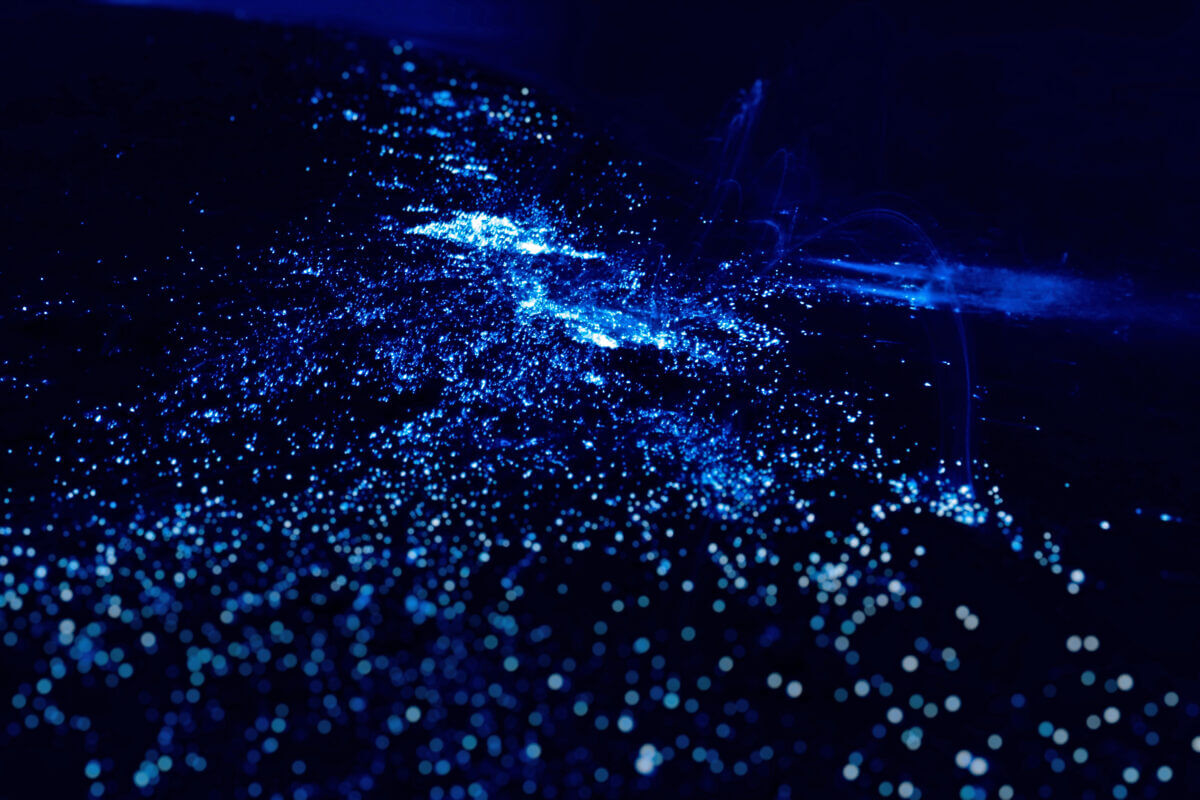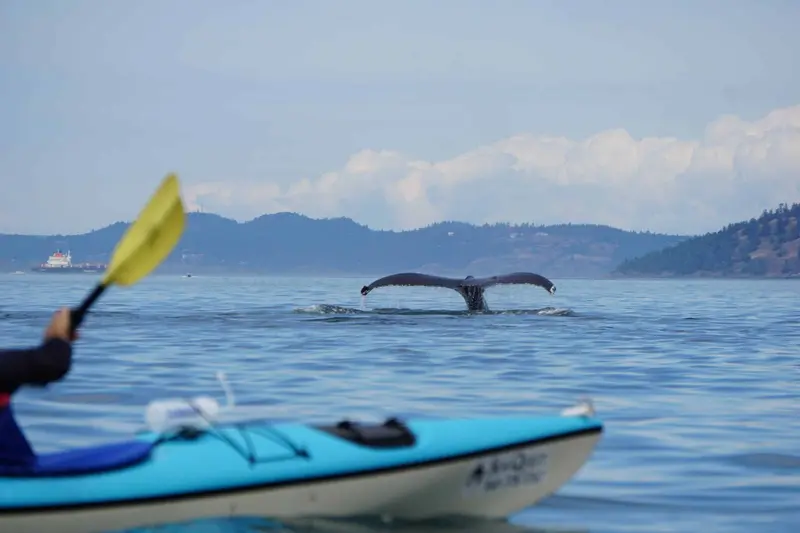Purple Sea Stars
What to Know
THE TOP TIDEPOOL PREDATOR OF THE SAN JUAN ISLANDS
While kayaking in the San Juan Islands, one voracious predator is seen more often than any other: Pisaster. Meaning “fish star”, this genus holds three species of sea stars that range from Alaska to Southern California. The most commonly seen is the purple sea star, also called the ochre star (P. ochraceus) as it is more resistant to desiccation and can survive in the upper intertidal zone. The other two species of Pisaster, the Short-spined Sea Star(P. brevispinus)* and Giant Sea Star (P. giganteus) are not seen as often because they are less tolerant of exposure and live below the intertidal zone.
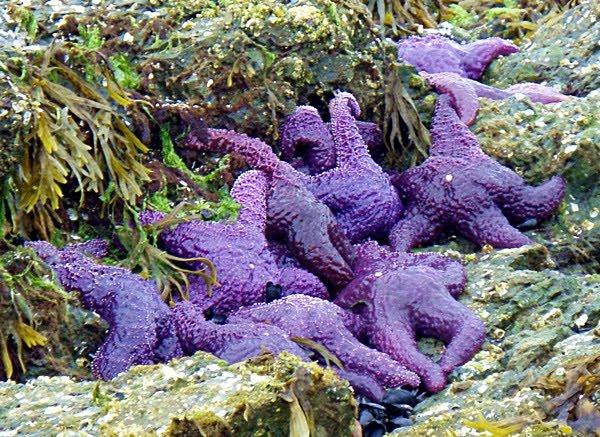
THE BEAUTY OF THE PURPLE SEA STAR BELIES ITS TRUE NATURE AS THE TOP KILLER IN THE INTERTIDAL ZONE
In the San Juan Islands, P. ochraceus stud the rocky cliffs like royal-purple jewels and are an abundant sight on our kayak tours. Lacking jaws and teeth, sea stars eat by protruding their stomachs out of their mouths. They dissolve their prey on site and then move on to the next meal. Their five arms are equipped with thousands of tiny tube feet that work like suction cups. Each tube foot is independently controlled and uses ocean water for hydraulic power. Water is sucked in and exhausted through the sieve plate easily seen on top of the central disk. The tube feet are very powerful. Sea stars use them to keep gulls or humans from prying them off the rocks and to slowly open clams and mussels just enough to get their stomach inside. At the tip of each arm is a light-sensing primitive eye that can distinguish between up (toward the sun) and down.
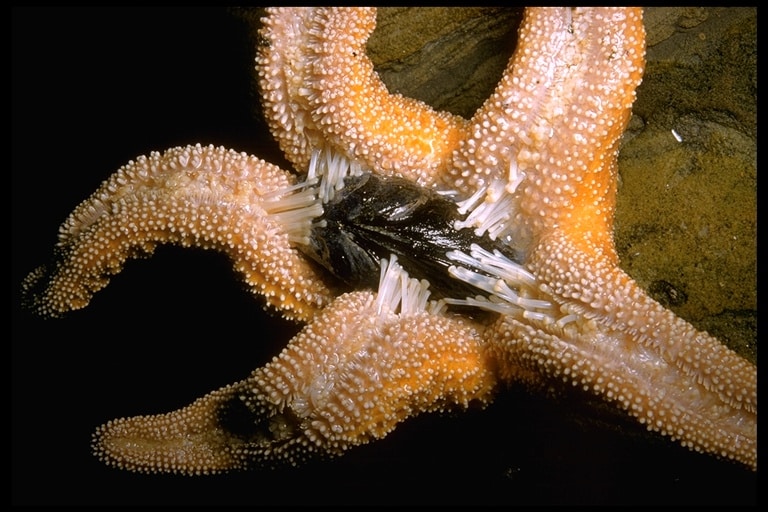
THE PURPLE SEA STAR IS A KEYSTONE SPECIES IN OUR ECOSYSTEM
They control the abundance and distribution of all the intertidal invertebrates we observe while kayaking in the San Juan Islands. Studies show Pisaster ochraceus prefers two main foods – acorn barnacles (Balanas) and the limpet Acmaea pelta but will eat a huge variety of other creatures. Many tidepool dwellers have adapted to smell the sea stars approach and will move out of their path if able.
While the purple sea star is extremely hardy (it can lose 30% of its weight from desiccation if exposed to air during a low tide), it can be destroyed by human carelessness. Echinoderms, the phylum of “spiny skinned” creatures that includes sea stars, sea urchins, brittle stars, sea lilies, and sea cucumbers, are sensitive to oil spills and other pollutants. Besides being toxic, oil smothers their ability to absorb oxygen and restrains movement. The free-floating eggs and larvae of sea stars are especially delicate and die on contact. Oil spills can completely eliminate sea stars from an affected area for several years and repercussions to the ecosystem can last much longer.
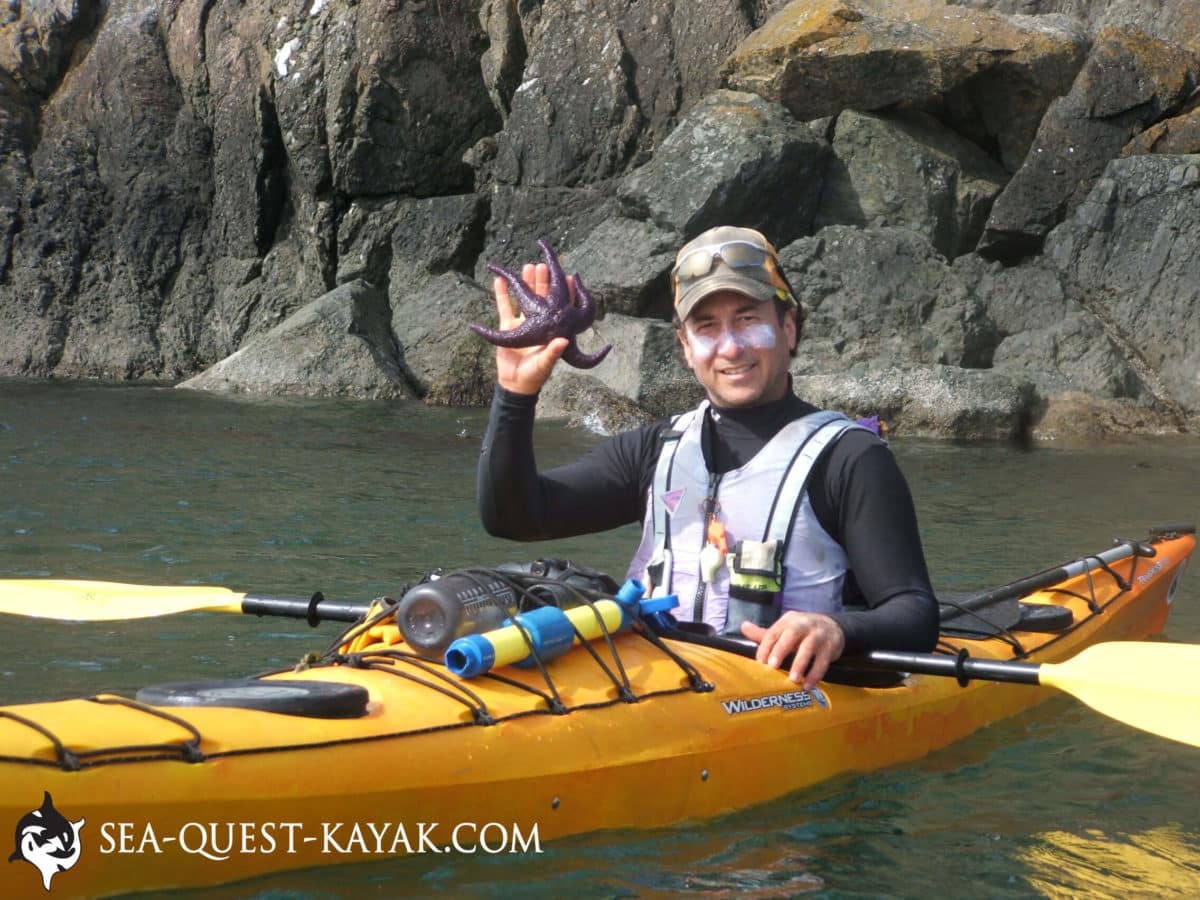
Oil pollution in the open ocean comes from two primary sources: natural seepage from the sea floor and human industrial spillage are nearly equal in volume. A great deal of effort has gone towards reducing industrial spills (but we could still do a much better job). But very little has been done to eliminate a more insidious form of oil pollution that is happening every day without us noticing. Rain falling on impermeable surfaces such as roads and parking lots runs off full of oily contaminants. This “non-point source” oil can be just as damaging as a major spill because it is continuous and long-term. Everyone can contribute to improving the health of our salmon-spawning streams and the entire Salish Sea ecosystem by reducing this oil runoff. Inspect your vehicles regularly and fix leaks as soon as they occur. Choose human-powered bikes and kayaks instead of cars or motorboats!
While kayaking in the San Juan Islands, most people eagerly search for our charismatic predators – orca whales, seals, bald eagles – but overlook the smaller hunters. Few realize that those slow-moving purple invertebrates are influential predators in our ecosystem. Or that purple sea stars can live for over twenty years like an eagle! Though they may not be as swift or powerful as an eagle or orca, purple sea stars are predators that deserve our admiration and protection.
*made famous by SpongeBob Squarepants Patrick Star

